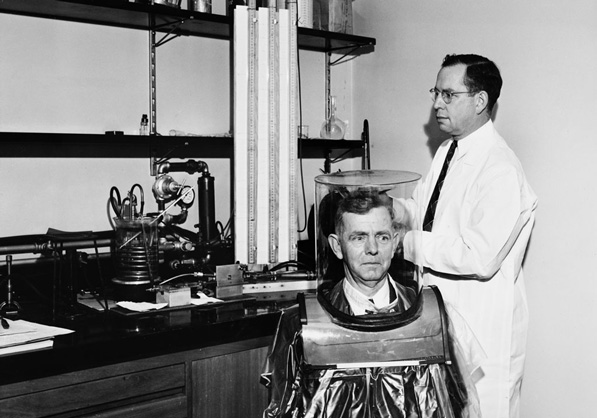How Fort Worth Neighborhoods Helped Birth a High-Tech Regional Air Monitoring Network

“An Evening of Science and Socializing”
Monday, June 22nd
7- 9 pm
The Ginger Man
3715 Camp Bowie
Featured Guest: Dr. David Sterling, Professor of Biostatistics and Epidemiology,
University of North Texas Health Science Center
Co-Sponsored by the Fort Worth League of Neighborhoods
They approached the leadership of the Fort Worth League of Neighborhoods, an umbrella organization of 350 neighborhood associations, about establishing a series of focus groups on the issue. The League agreed.
Those focus groups have provided us with the most thorough knowledge about community attitudes toward air quality in DFW that we’ve ever had, and directly influenced the bottom-up design of a new high-tech sensor network for air quality.
Leading those focus groups were UNTHSC Professor Dr. David Sterling and Doctoral candidate Leslie Allsop. Dr. Sterling is our featured guest tonight in Fort Worth at The Ginger Man for our second “Evening of Science and Socializing.” Ms. Allsop will be at our third and last event in Denton with Dr. David Lary on Wednesday night.
Residents in Sterling and Alsopp’s neighborhood focus groups voiced a high level of concern regarding air pollution and what they saw as the sources of it, including vehicles, fracking, and cement plants.
Participants also expressed a severe distrust of current information. They didn’t see the information available through government and media sources as being relevant to their neighborhood, or adequate to address their questions about specific emission sources.

Specifically:
• Participant’s perceptions of air quality was overwhelmingly negative, and available information was seen as being biased or unreliable.
• Within the socio-ecologic model, the primary impacts of air quality were perceived as greatest at the individual/neighborhood level.
• The ability to influence air quality at the individual/neighborhood level were perceived as negligible.
• Influencers were seen as residing at the policy and community level, but limited benefit at individual/neighborhood levels were perceived to occur.
Recognize any of these reactions? Concerned, but feeling powerless to affect the status quo.
How do you overcome this attitude? You build your own air quality monitoring network. One that’s independent of the government. One that citizens help design. One that allows you to feed information into it, as well as get much better information from it.
That’s the alternative system the DFW Air Research Consortium, including the UNTHSC researchers, is constructing from scratch.
Besides the disbursement of small e-sensors over the entire region that combine to give you a “weather map” of air pollution in real-time, one of the most distinct features of the Consortium’s new system is a digital dashboard that can collect the information a resident inputs into it.
Say you’re having a bad air day. Your eyes are watering. You have breathing problems. You check those boxes on the dashboard. The next time those conditions are forming, the dashboard will warn you. That’s the micro level.
But it will also take note of everyone else’s symptoms that were entered as well. If lots of people were also having a bad air day, it will tell you. And if people are experiencing health effects at certain levels, you’ll be able to see that in a very direct correlation. In this way citizens themselves are their own epidemiologists, with the possibility of establishing symptoms at levels of exposure to pollutants not yet linked in the literature. That’s the meta level.
All of this interactivity between user and app is traceable back to the UNTHSC’s focus groups starting four year ago. Fort Worth residents are responsible for helping to design the software to be paired with the Consortium’s sensor hardware.
Tonight in Fort Worth, UNTHSC’s Dr. Sterling gives an update about where his research has taken him and Ms. Allsop, including being in the running for a $3 million National Science Foundation grant with the rest of the Air Research Consortium. The competition includes the Argonne National Laboratory.
Libby Willis, President of the League of Neighborhoods when the research started will be there as well representing the residents who are responsible for so much of the direction of the current Project.
Besides the larger NSF grant awaiting a decision, two active citizen sensor projects already going on will also be discussed: Downwinders’ own Wise County Ozone Project and a grant that will allow the pairing of 10 sensors with ten DFW schools.
You don’t have to wait until 2018 to resist the anti-environmental agenda so in vogue in Austin and Washington. You can help build an alternative now.

